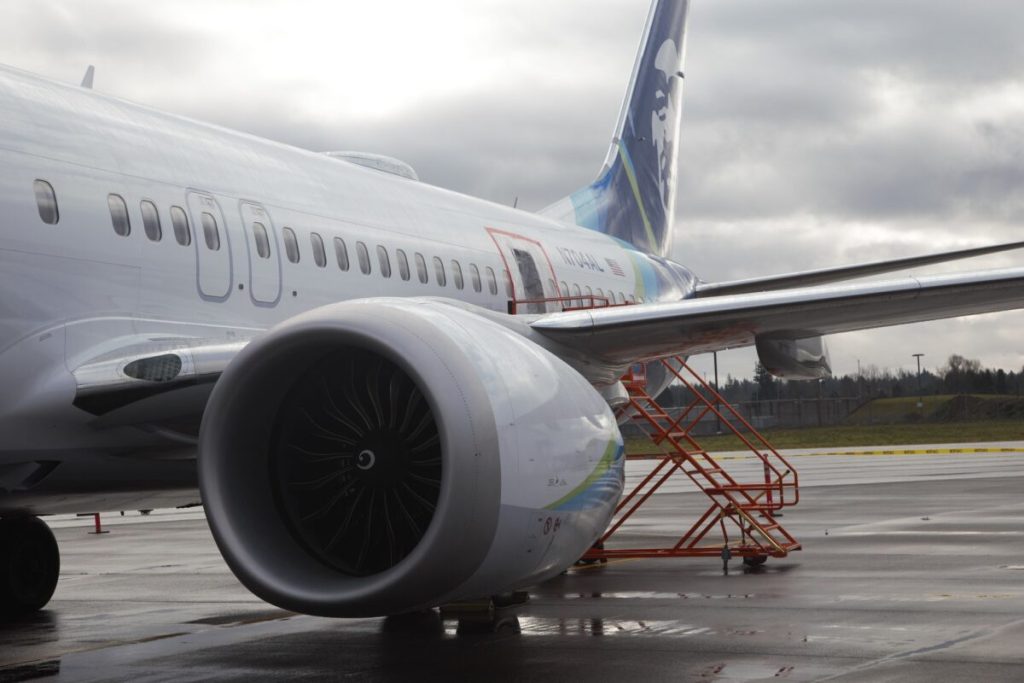Boeing executives recently announced plans to continue slowing down production of their 737 Max line in order to address quality control and safety issues. The company delivered 67 737s during the first quarter but deliberately reduced production rates to focus on improving quality and safety management systems. The Federal Aviation Administration imposed a production cap of 38 737 Maxes per month following an incident with Alaska Airlines, but Boeing is currently producing well below that level. Boeing expects to maintain lower production levels in the first half of the year before ramping up to meet the FAA-mandated quota. CEO Dave Calhoun described the decision to significantly scale back production as “self-inflicted” in an effort to proactively address concerns.
Boeing has faced financial setbacks as a result of the Alaska incident, burning through $4 billion in the process. The company has begun compensating affected airlines for the nearly month-long grounding of the Max 9, with Alaska Airlines receiving $162 million in compensation. United Airlines has not disclosed the amount of compensation received from Boeing during the first three months of the year. Boeing anticipates paying airlines a total of $443 million for the Max 9 grounding. The company reported an operating loss of $355 million for the first quarter, further highlighting the impact of production and safety issues on their financial performance.
In addition to slowing down 737 Max production, Boeing is also reducing the production rate of its 787 Dreamliner aircraft due to a shortage of key parts. This move is not related to recent allegations regarding the 787’s production process but rather a supply slowdown for heat exchangers, which were previously produced in Russia. Following the invasion of Ukraine, the capacity of this supplier has not been able to keep up with Boeing’s demands, leading to the production slowdown. In 2021, Boeing halted deliveries of the 787 due to manufacturing issues, further complicating their production processes.
As pressure mounts on Boeing to address quality control concerns, CEO Dave Calhoun announced his intention to step down at the end of the year. While a successor has not yet been named, potential candidates for the role include Stephanie Pope, Larry Culp, and Pat Shanahan. Calhoun mentioned having an internal candidate in mind but stated that the final decision would be made by the board of directors. He emphasized the importance of the next leader being able to make informed decisions and ensure the success of development programs. The timeline for selecting a new CEO remains uncertain, with Calhoun expecting the process to take some time.
In response to growing scrutiny from airlines and lawmakers, Boeing remains committed to addressing quality control and safety concerns within their production processes. By slowing down production of the 737 Max and 787 Dreamliner aircraft, the company aims to prioritize improvements in quality and safety management systems. The financial impact of recent incidents, such as the grounding of the Max 9, has been significant, with Boeing reporting an operating loss for the first quarter. As the search for a new CEO continues, Boeing is focused on finding a leader who can make strategic decisions and lead the company through ongoing challenges in the aviation industry.


